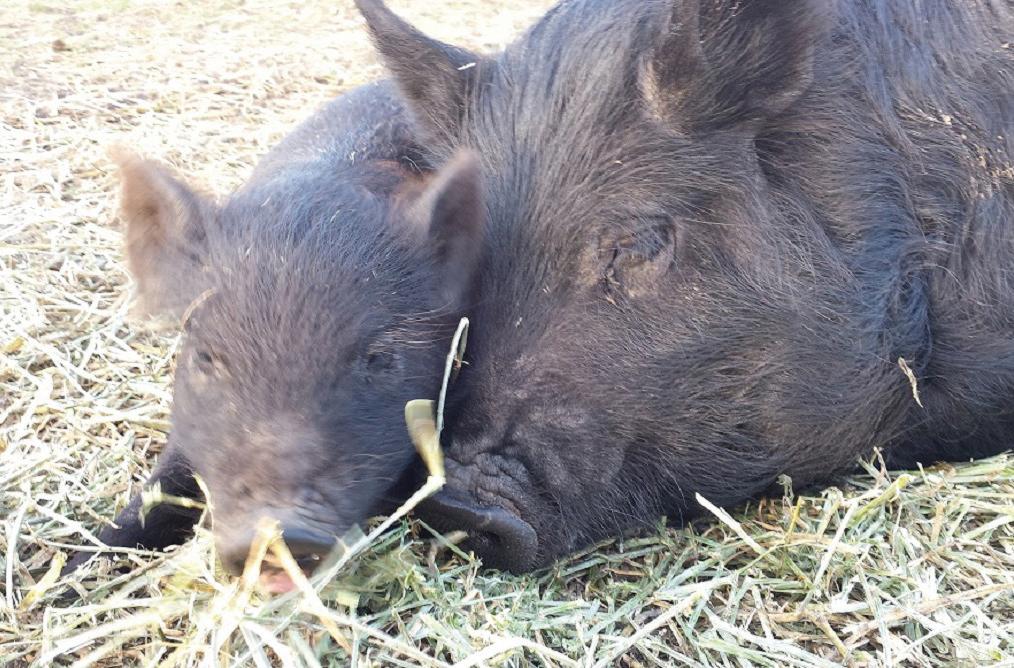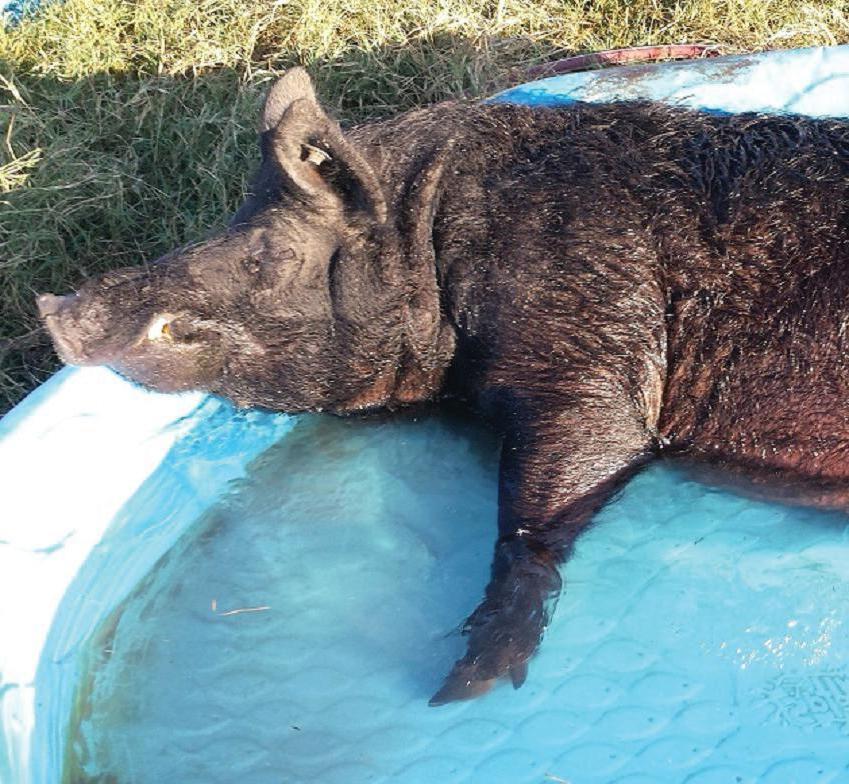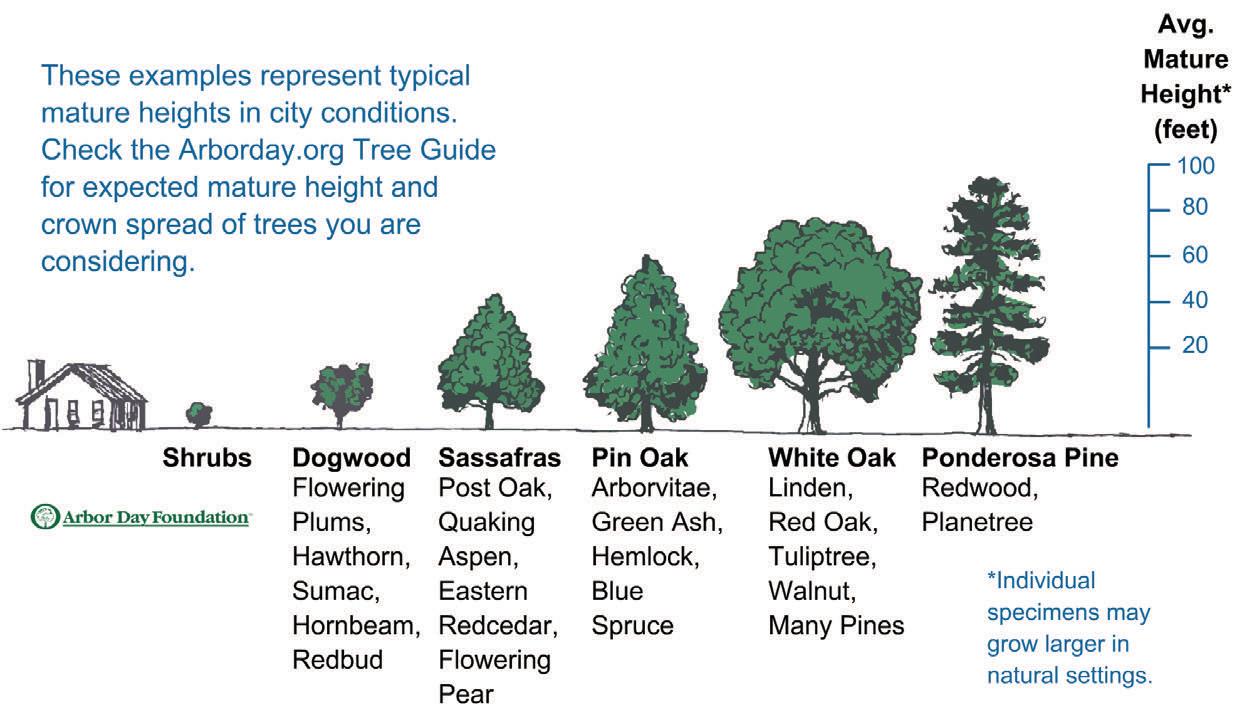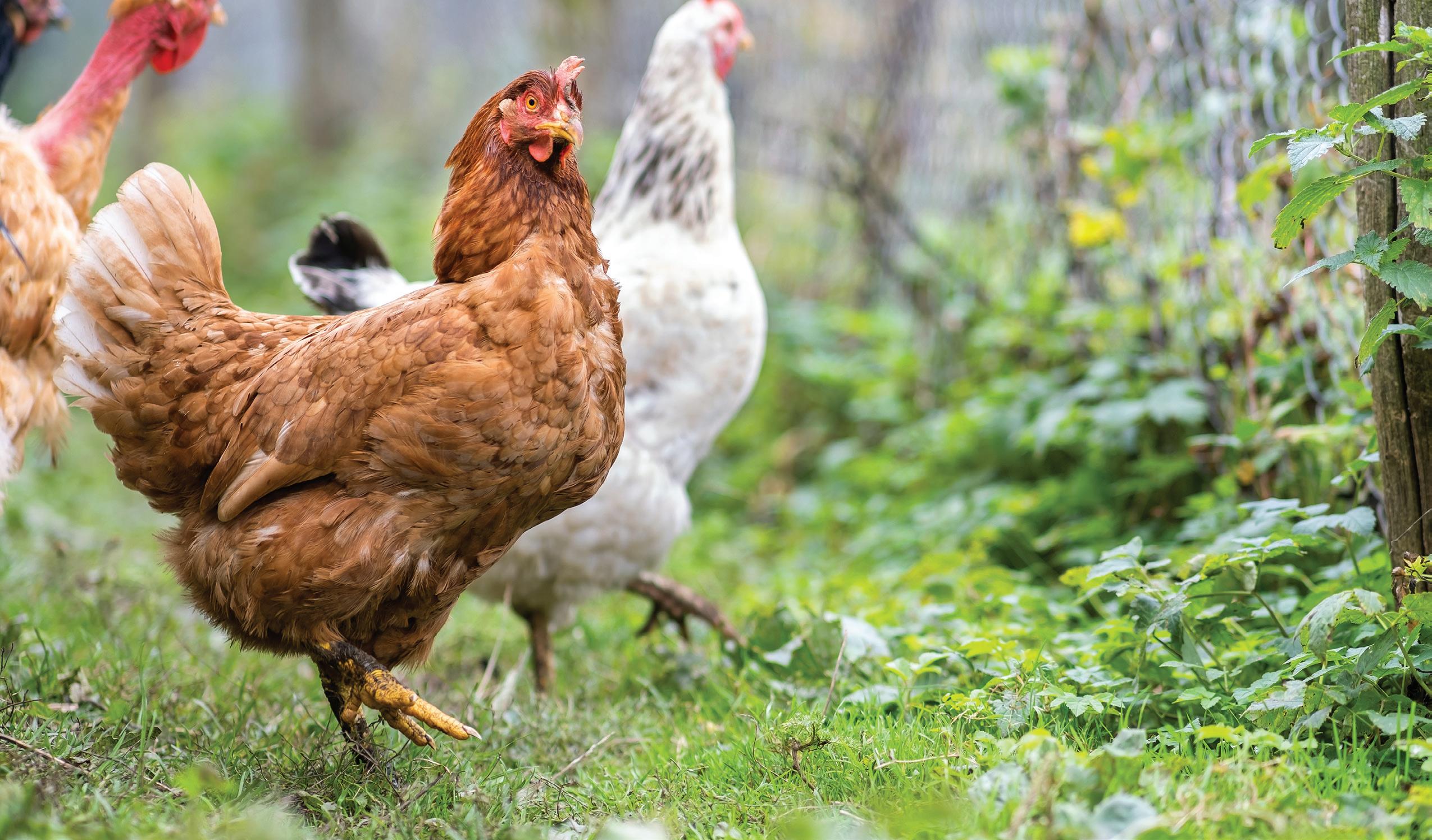
3 minute read
HogsAmerican Guinea


A Taste of America’s Heritage in Carmine
Written by REGINA KEILERS
Jesse and Wendy McDaniel are not your run of the mill hog farmers. Both of them used to work in the city of Houston for a major airline. After several years in that industry, they both got tired of the urban rat race and decided it was time for a change. They made the decision to move to the country and start a farm. Wendy is a native of Fayette County, so for her, it was coming back home, while her husband, Jesse was a native of Houston. He had a bit more of an adjustment moving here.
Once they bought some land, they decided to start raising Guinea Hogs and while there are other critters on their farm in Carmine, Guinea Hogs are their main focus.
Why the Guinea Hog?
Well, the American Guinea Hog is the ideal, sustainable, heritage farm pig, known for its moderate size, excellent foraging abilities, friendly temperament, excellently flavored meat, and indispensable lard. While the American Guinea Hog is smaller than industrial hog breeds, it is a good-sized farm pig, providing a nice, well-marbled carcass. This is not your normal grain-fed hog, it is truly a grass-fed animal.
The Guinea Hog is unusual among American swine breeds in that it has never been bred for commercial production not put into a show ring. Historic selection in the breed was based on the traits important to survival of the Guinea Hog breed. As a result,
the breed is known as healthy and thrifty, resistant to disease, able to rustle up much of its own food and retain a good sense of survival. One of the most important characteristics the breed has to offer it its mothering abilities.
What exactly is a Guinea Hog?
The Guinea Hog is a small black breed of swine that is unique to the Americas. It was traditionally kept as a homestead pig in the Southeast, and is also called the Gulf Pig, the Pinewoods Guinea, the Guinea Forest Hog and the Yard Pig. It is possible that other strains of Guinea Hogs existed at one time and were absorbed into other breeds or became extinct. Though the Guinea Hog was well known and widely used for a long period of time, the breed had almost disappeared and is now recovering from near extinction.
The Guinea Hog is a lard type, landrace hog, which shows much variability from place to place. Most commonly, they are described as small in size and black in color, with upright ears, hairy coat and a curly tail. Guineas are found in “long nose” and “short nose” varieties. Their weight varies from 100 to 300 pounds
When Jesse and Wendy moved back to Fayette County, they joined the American Guinea Hog Association whose focus is the preservation of America’s original and favorite homestead hog – the American Guinea Hog. They sell their hogs to other farmers who want to have a sustainable, meat source to raise on their farms as well as individuals who just want to have good farm-raised meat for their families.
Due to the efforts of farmers like Jesse and Wendy McDaniel, the Guinea Hog is thriving in Fayette County and other counties throughout the United States.



Plant the Right Tree in the Right Place
As an electric cooperative, we need to maintain a balance between safe and reliable electric service and the health of our trees.
Before you plant, be knowledgeable of the tree’s growth pattern so that you don’t plant them where they will grow close to power lines when they mature. 0 ft. Tree pruning zone 10 ft. 20 ft.







